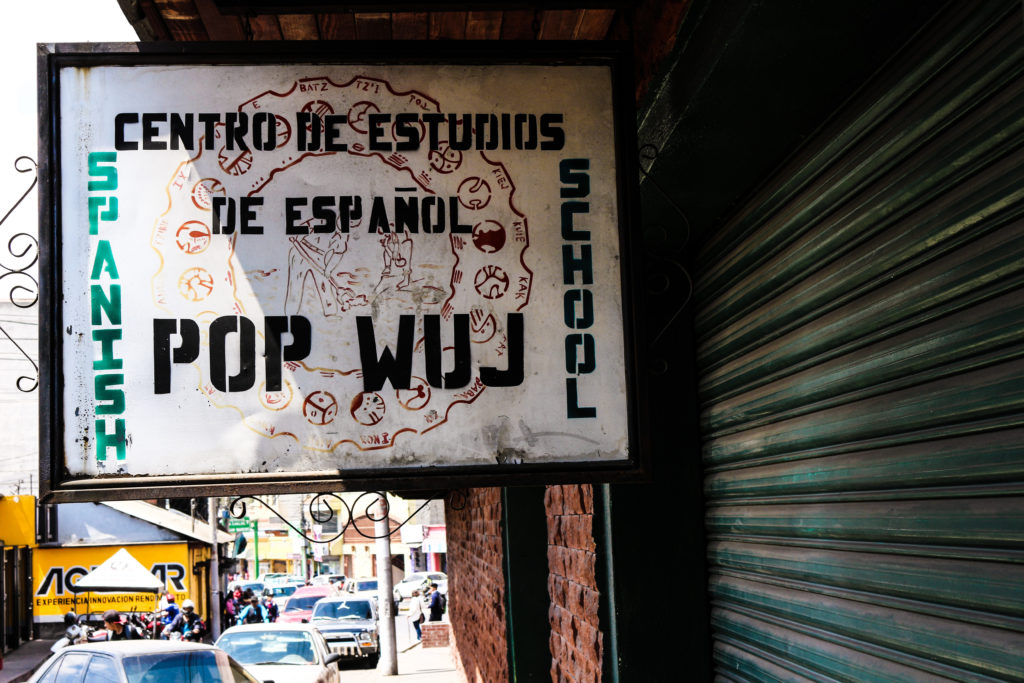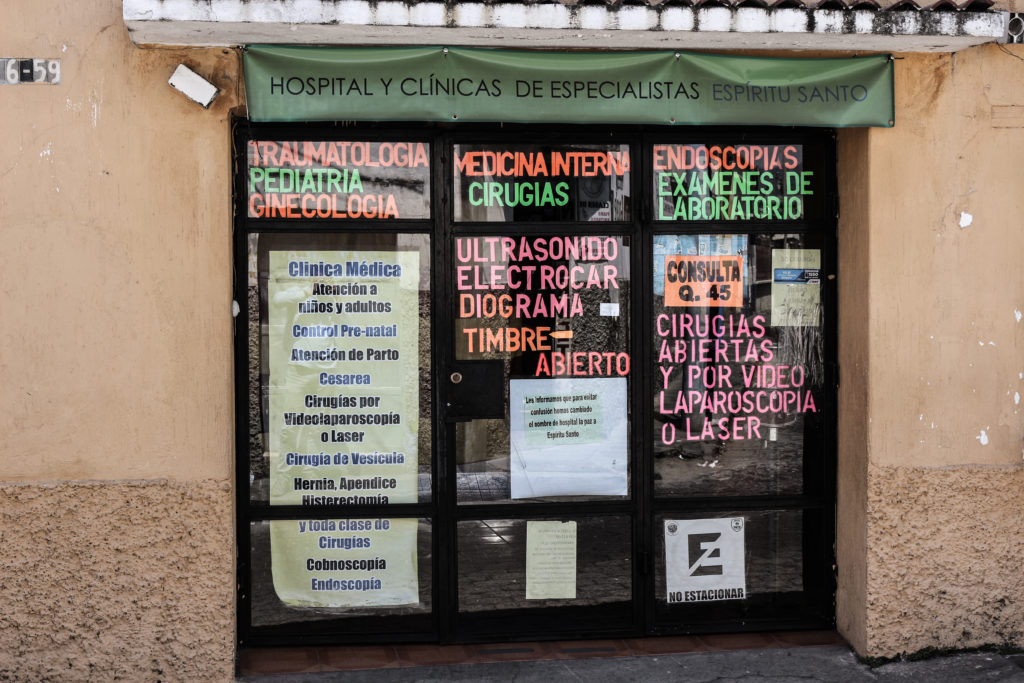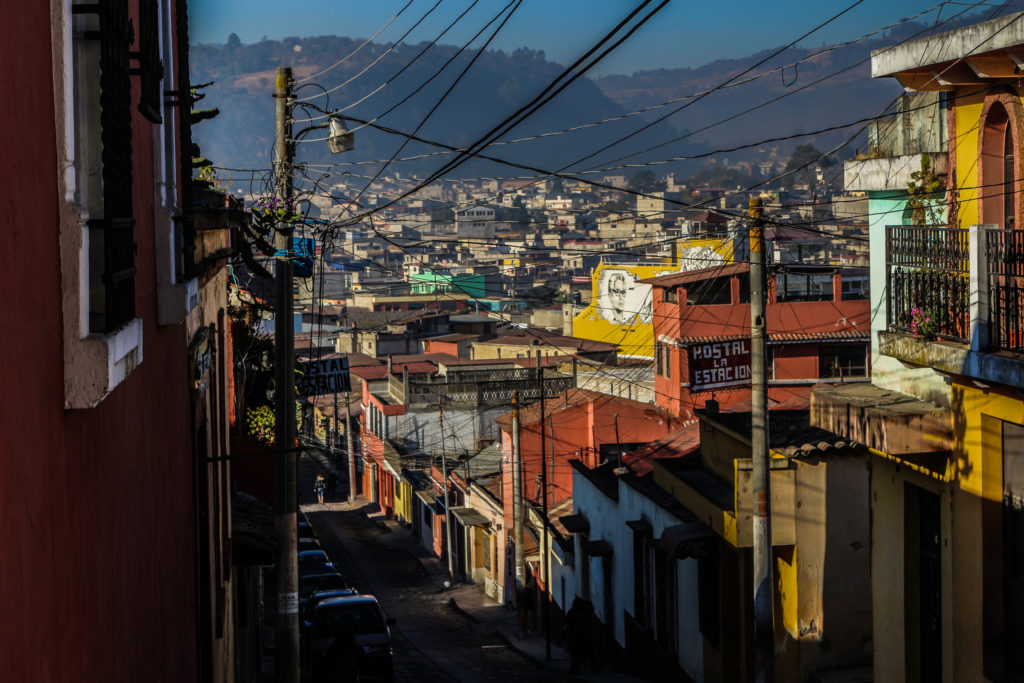Learning about healthcare in Quetzaltenango, Guatemala
March 7, 2017 |
Quetzaltenango (Xela), Guatemala might be one of the best cities in Latin America for learning Spanish. The Lonely Planet describes it as attracting a “more serious” type of traveler, and it’s probably true – the gringos (myself included) make a genuine effort to blend in with the local culture. In Xela, partying takes a refreshing backseat to language learning (23 schools at last count), music, dance, and volunteering.

I took Spanish lessons with Lily at the Pop Wuj school, which also operates a clinic affiliated with Timmy Global Health, and took the opportunity to grill my teacher about the healthcare system at every chance I had, while working on my subjunctive.
The cost of healthcare in Guatemala
In the private clinics, a consultation with a generalist or a specialist might cost 200-300 quetzals ($25-40US), although prices aren’t exactly regulated. This isn’t much, but it is beyond the means of many (most?) poor Guatemalans. Very few Guatemalans have health insurance. When I ask how many, she throws out a ballpark estimate: “3 or 4 percent”. The medical clinic staffed by volunteers obviously costs less – at Pop Wuj, it’s 35 quetzals, at others, it may even be free.

Lily estimates that in the public system, a doctor might be paid 12000 quetzals ($1500 US) per month, and that’s if they’re paid on time. Moreover, there is a huge problem with unemployment among trained physicians in Guatemala. Many students enroll, either at the single public medical school, or one of the many private schools, since medicine is considered an honourable profession for students with mucho esperanza (great hope). Then, six years later (or more, depending on residency), they graduate with few options, and little money to open a clinic.
With so much unemployment among well-trained local physicians in Guatemala, it’s a pretty good question just how pressing a need there is for foreign clinician volunteers, even with their great enthusiasm and eternal optimism. And competition with NGOs challenges the ability of poorly paid private doctors to put food on their tables. Es una gran problema, Lily adds.
How do many Guatemalans approach healthcare?
The common illness mal de ojo provides a good example of the healthcare seeking process for indigenous Guatemalans. Mal de ojo (roughly translated as “evil eye””) is commonly claimed as the cause when a small child falls ill, presumed to be caused by throngs of well-wishers fawning over the infant, passing on their mala vibraciones (bad vibrations) and possibly their fevers.
Since trained physicians do not believe in mal de ojo, the parents may seek out a shaman, who provides them with healing plants, teas, and other protections. If this doesn’t work, the next stop is likely the pharmacy. It might be technically against the law to sell without a prescription, but the practice is widespread. And finally, when all else has failed, a Western trained physician is the last line of defense, at great cost.

Conclusions
There was more to ask Lily if it weren’t for my flight back to Canada. Count all of the above as things I would have liked to know before volunteering on several medical service trips in Guatemala – and knowledge that raised more questions than it answered. All of this is a testament to the importance of adequate predeparture training for both students and clinicians. You can read more about our best practices initiative for medical volunteers here.
Register
Sign up for free to flag trips of interest and email organizations directly through our directory.
Comments
0 comments